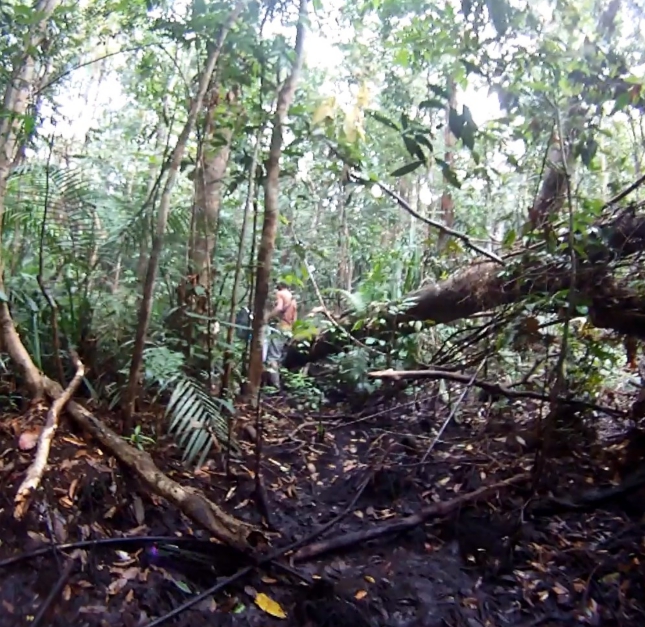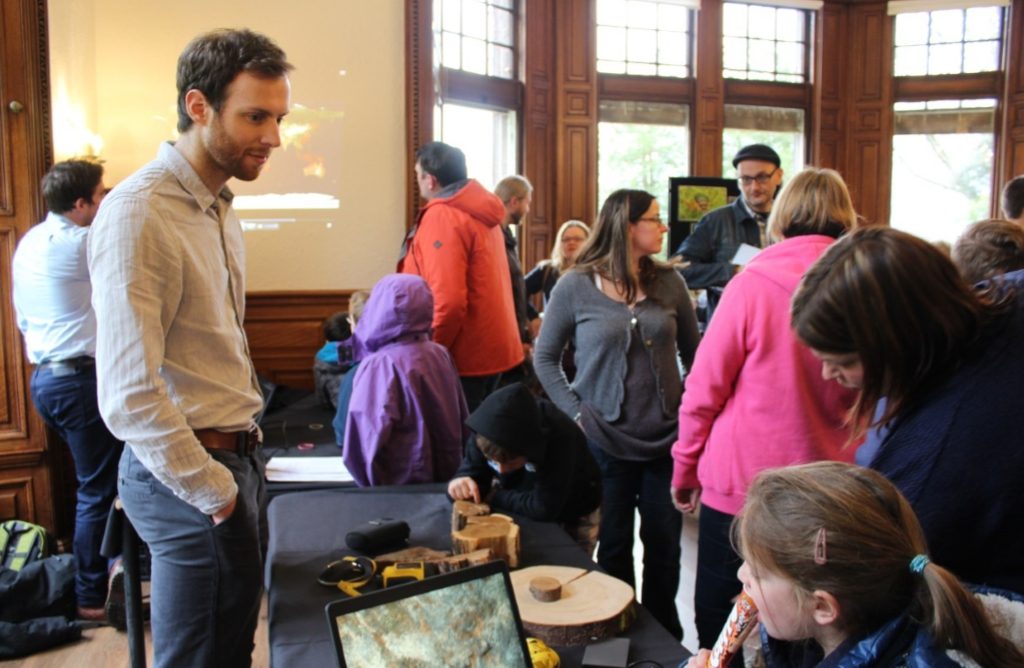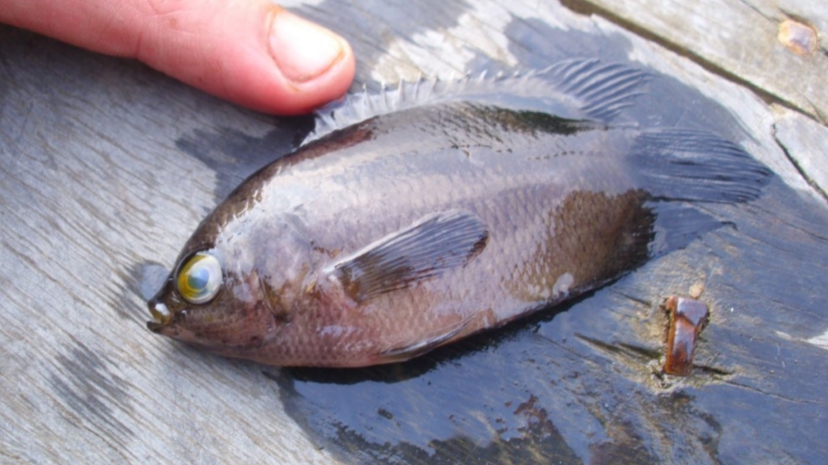 Murray Collins won the Chlorine Zone in 2011. Here he reports back on how the £500 prize money has helped his outreach activities since then.
Murray Collins won the Chlorine Zone in 2011. Here he reports back on how the £500 prize money has helped his outreach activities since then.
If you’re a scientist who’d like the funding to develop your own outreach activities apply for I’m a Scientist at imascientist.org.uk/scientist-apply
With the prize money I bought a go-pro camera which I intended to use to make films to show to school children what it was actually like living and working in the rainforest. I thought that this would be an engaging way to approach science communication, and move from dry facts in a book to a living experience.

Screenshot from my films created with the Go Pro Camera. Here I was walking through intact forest.
This approach was scuppered somewhat when the camera itself was stolen whilst I was working out in Berbak national park. However, I did manage to get some useful footage, and have made the best of this by using it in my science communication work.

Showing videos, photographs, satellite maps and wood samples to the public at the Science Night at the Zoo
As such I think that the prize money from IAS has supported my science communication development over the past five years. In particular I would highlight the work I have been doing as the Environmental Scientist in Residence at Royal Zoological Society of Scotland since 2015.

Science communication workshops at RZSS
This is largely a science communication position. In this post, I use my experience at clips from Berbak national park to engage the public and students with forest research. Specifically, I have:
- Held workshops for school pupils on forest science (240 children attending my workshops over two days, see photographs below)
- Run an event called Science Night at the Zoo, running a stall with three PhD students on deforestation and forest science (photographs below)
- Am doing a talk in November on rainforest science at RZSS Edinburgh Zoo
- planned to take University of Edinburgh PhD students and staff in February 2017 to Dynamic Earth Edinburgh to present forest science work to school children visiting on school break. This will include video and photographs taken in Berbak national park, Sumatra, using the equipment I bought with the prize money.
During these talks and science events, I use the video clips in order to show people what it is like in the forest, and try to engage them with the issues of deforestation, carbon storage and biodiversity.

Sunset over Berbak National Park.
In particular it is really useful to be able to show people the muddy pools in Berbak national park which support an incredible array of ichthyological diversity, specifically the stenotopic acidophyllic icthyofauna (highly specialised fish which are adapted to live in the acidic water of peat swamp forest). I have included some photographs of these fish below, as I do in my science communication work.


I would like to express my sincere thanks to the Wellcome Trust and IAS for supporting my work in science communication and will keep you updated about how my work develops over time.
You can see Murray talk about his research in the video above at Edinburgh Zoo on 9th November: From muddy boots to adventures in space: monitoring the world’s forests.
If you’re a scientist who’d like the funding to develop your own outreach activities apply for I’m a Scientist at imascientist.org.uk/scientist-apply

